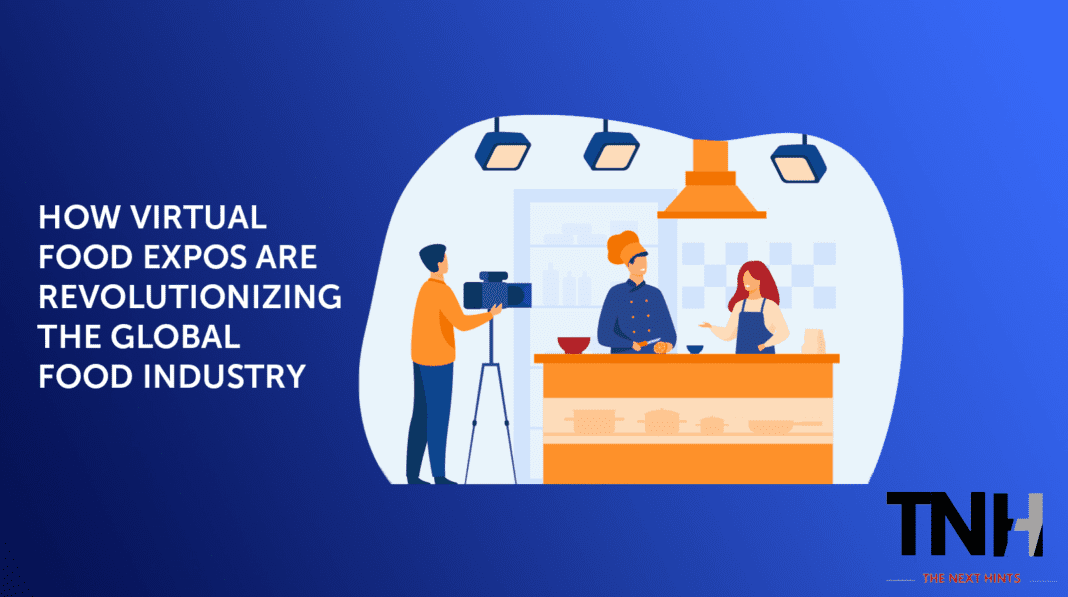D Now – Online food delivery is changing the way people eat. Increasing competition between restaurants and aggregators, the rise of specialized food delivery services, and the proliferation of new technologies are all shaping how and why consumers order food from their smartphones.
As a result, the economics of the food-delivery ecosystem is undergoing significant reshuffling. Various factors will shape this reshuffling, including market dynamics and legal and regulatory issues.

What is D-Now?
D-Now is a three or four-day event where your students are given tools, relationships, and a vision for living the rest of their lives as disciples of Jesus Christ. The result is often significant growth and commitment to the Lord.
Discipleship is the very purpose of youth ministry, according to Matthew 28:19: “Therefore go and make disciples of all nations, baptizing them in the name of the Father and of the Son and the Holy Spirit.”
It’s an eye-opening event that allows students to dig deep into their faith and learn more about their identity in Christ than they could ever dream of. It also allows them to study Scripture in an unplugged environment where the usual distractions of life are absent.
In addition, D-Now Weekends feature “Host Homes”, where a family in the church agrees to host a Small Group for the weekend. This is an incredible way to get a much more significant portion of your church involved in your youth ministry.
Why D-Now?
A few hottest new food-delivery apps have sprung up to fill a void in the consumer’s dining experience. Some of the most popular include Delivery Hero, GrubHub, and Foodpanda. Others have made their mark by creating their own logistics networks. Using the most efficient means of transport, they have captured a substantial portion of the market in most markets, with many consumers still opting to dine out.
In the world of food-delivery fads, choosing one over the other is difficult. As we mentioned in a recent blog post, several restaurants have launched their food-delivery services to compete with the major players and to keep their customer base satisfied. A few of the newest entrants have taken a multi-pronged approach to offer consumers everything from online and mobile ordering to real-time delivery tracking and the aforementioned food-delivery etiquette gimmicks. As we’ve already said, the home delivery sector is growing, and with the right technology and strategy in place, it can become an even more successful endeavor than it already is.
How D-Now Works
The home delivery market has seen a lot of growth in the past few years, as many third-party companies provide same-hour, same-day, and next-day delivery of food and other goods to customers. These services come in all shapes and sizes, ranging from single fleets to multi-fleet vehicles to robotic warehouses that pick up and deliver orders. The best part is that most of these systems can handle multiple types of deliveries simultaneously. For instance, Rappi, a Bogota-based virtual concierge service, has even been known to stack restaurant deliveries with dry cleaning or grocery delivery orders. This is a big deal for both drivers and consumers.
What to Expect
As the food-delivery market expands, several factors will shape its evolution. Among the most important will be geographic competition, with each platform trying to dominate its local markets and secure customer loyalty and restaurant business.
Likewise, the gig economy, which has long provided on-demand drivers for delivery platforms, is in flux over issues related to driver compensation and benefits, as well as whether and how independent contractors should be treated as employees. In addition, the growing availability of specialized food-delivery apps focusing on certain types of customers or cuisines will continue to challenge competitors.
Finally, some companies are looking into new ways to combine food delivery and other errands into a single, multi-vertical service. These services have been called “order stacking,” which can result in significant efficiencies for both consumers and delivery drivers.


